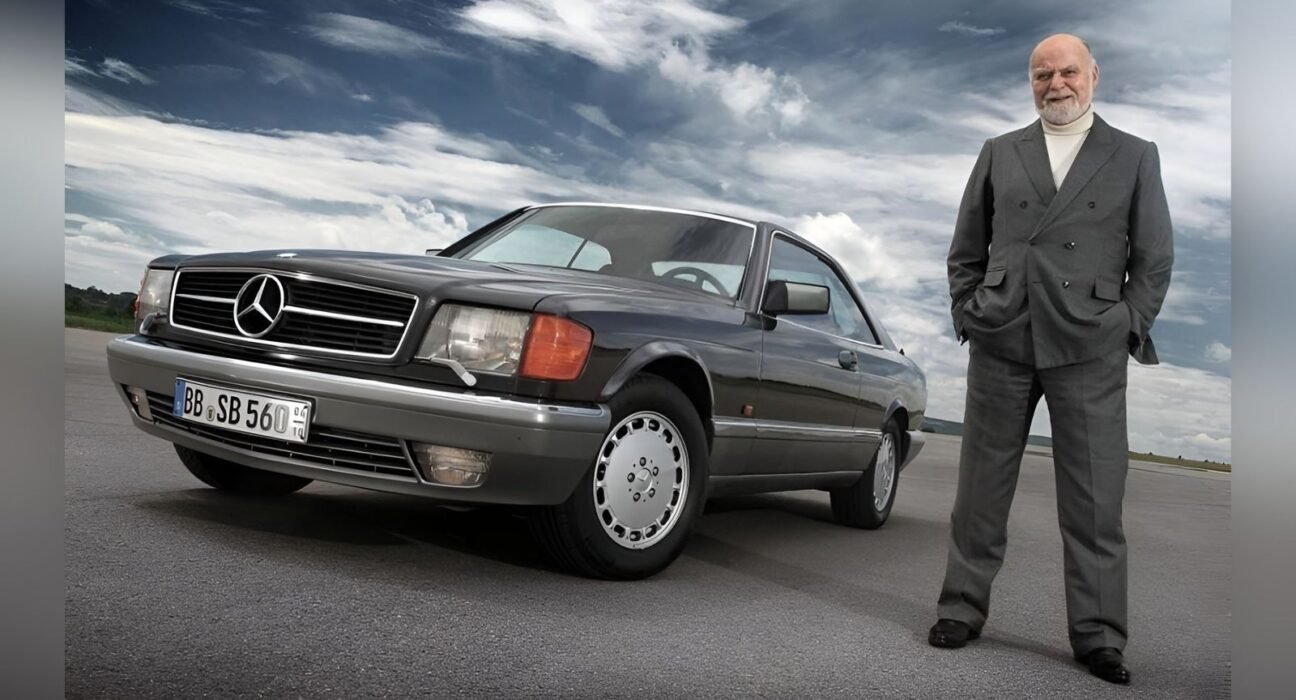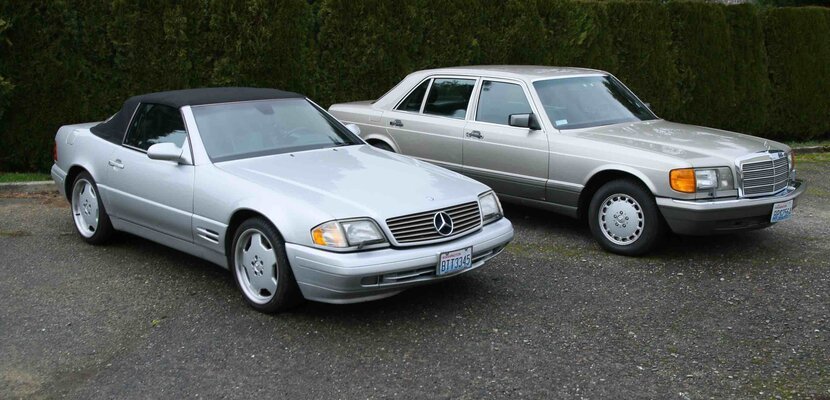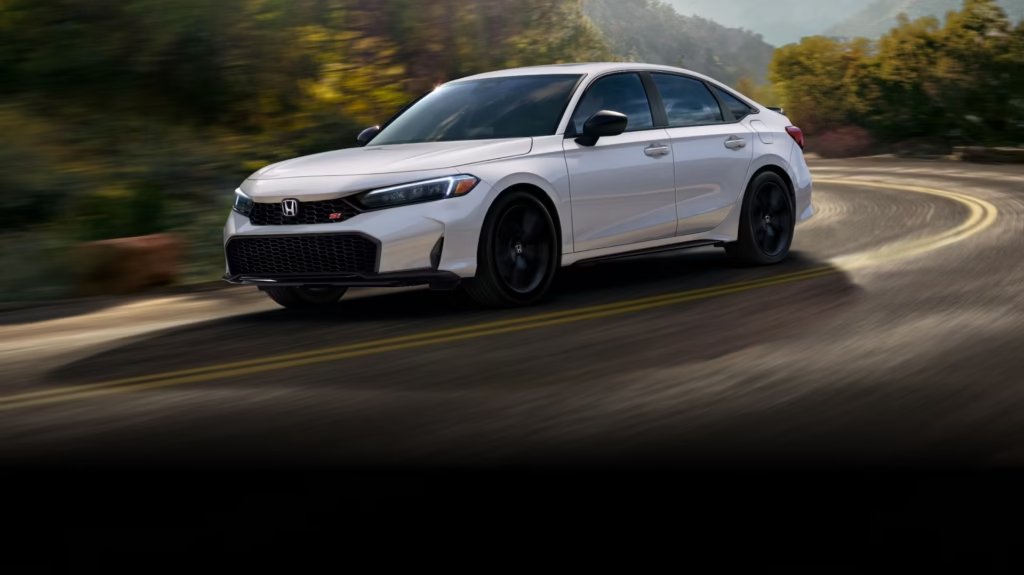Bruno Sacco | The Legendary Designer Of The Original S-Class And His Legacy

Few names in automotive design evoke the kind of respect and admiration that Bruno Sacco commands. As the man behind the most iconic Mercedes-Benz models of the late 20th century, including the original S-Class (W126), Sacco’s influence on automotive design is undeniable. His work went beyond mere aesthetics, pioneering a design philosophy that combined timeless elegance, innovative engineering, and impeccable attention to detail. This article pays homage to Sacco’s career, celebrating his extraordinary contributions to the world of luxury automobiles and his enduring legacy.
The Journey of a Visionary
Bruno Sacco was born in 1933 in Udine, Italy, and his passion for cars was evident from an early age. After studying mechanical engineering in Turin, he set his sights on automotive design. His career began with Fiat and followed by a stint with Ghia, but it was at Mercedes-Benz where he would truly leave his mark.
Joining Daimler-Benz in 1958, Sacco initially worked under the guidance of Karl Wilfert and Friedrich Geiger. Over the next few decades, he climbed the ranks, becoming the head of the design department in 1975. It was here that his visionary design ethos would shape the future of Mercedes-Benz for years to come.
Sacco’s crowning achievement is arguably the design of the Mercedes-Benz W126 S-Class, introduced in 1979. This was more than just a car; it was a symbol of luxury, prestige, and engineering excellence. Under Sacco’s guidance, the W126 redefined what a flagship sedan could be.
The design philosophy behind the W126 was to create a vehicle that would age gracefully, combining modernity with understated elegance. Its sleek lines, well-proportioned body, and clean surfaces embodied Sacco’s “horizontal homogeneity” concept, where models across the lineup would share a cohesive, brand-defining look.
Sacco also believed that form should follow function. The W126 was not only beautiful but also engineered for aerodynamics, safety, and comfort. It was one of the first cars to incorporate modern safety features like ABS brakes, airbags, and crumple zones. The result was a vehicle that set the standard for luxury sedans worldwide.
While the W126 remains a high point in Sacco’s career, his influence spanned much further. He was also responsible for the designs of the Mercedes-Benz 190 (W201), SL (R129), E-Class (W124), and numerous other models. Each one reflected his unwavering commitment to design coherence, practicality, and longevity.

Sacco’s ability to blend modern trends with Mercedes’ heritage ensured that the cars of his era would remain desirable decades after their release. His vehicles aged gracefully, a testament to his belief that good design transcends time. Even today, Sacco’s designs continue to be celebrated for their beauty and practicality.
Bruno Sacco retired in 1999, but his design philosophy continues to resonate within Mercedes-Benz to this day. His influence can be seen in modern models that balance cutting-edge technology with elegant, timeless design.
Many of today’s car designers cite Sacco as a major influence, particularly for his holistic approach to vehicle design. Sacco didn’t just design cars; he shaped the identity of Mercedes-Benz, helping it evolve into a global symbol of luxury and engineering excellence.
More Than a Designer: A Legend
Bruno Sacco wasn’t just a designer—he was a visionary whose work has left an indelible mark on automotive history. His cars weren’t just luxury vehicles; they were symbols of innovation, safety, and timeless elegance. His contributions to the world of automotive design go far beyond the individual models he created. He redefined what a luxury car could be, and in doing so, he helped shape the future of one of the world’s most prestigious car brands.
As we look back on the legacy of Bruno Sacco, we’re reminded that great design doesn’t just shape products—it shapes experiences, emotions, and even history. Sacco’s designs will continue to inspire future generations of designers and car enthusiasts, and his work will forever be remembered as a high point in the rich history of Mercedes-Benz.
Bruno Sacco’s legacy is much more than the cars he designed; it’s the values of elegance, innovation, and timelessness that he embedded into every vehicle. His approach to car design continues to influence Mercedes-Benz and the broader automotive industry, proving that great design truly stands the test of time. As we pay homage to Sacco, we honor not just a man but a philosophy that will continue to drive the future of luxury car design for years to come.










